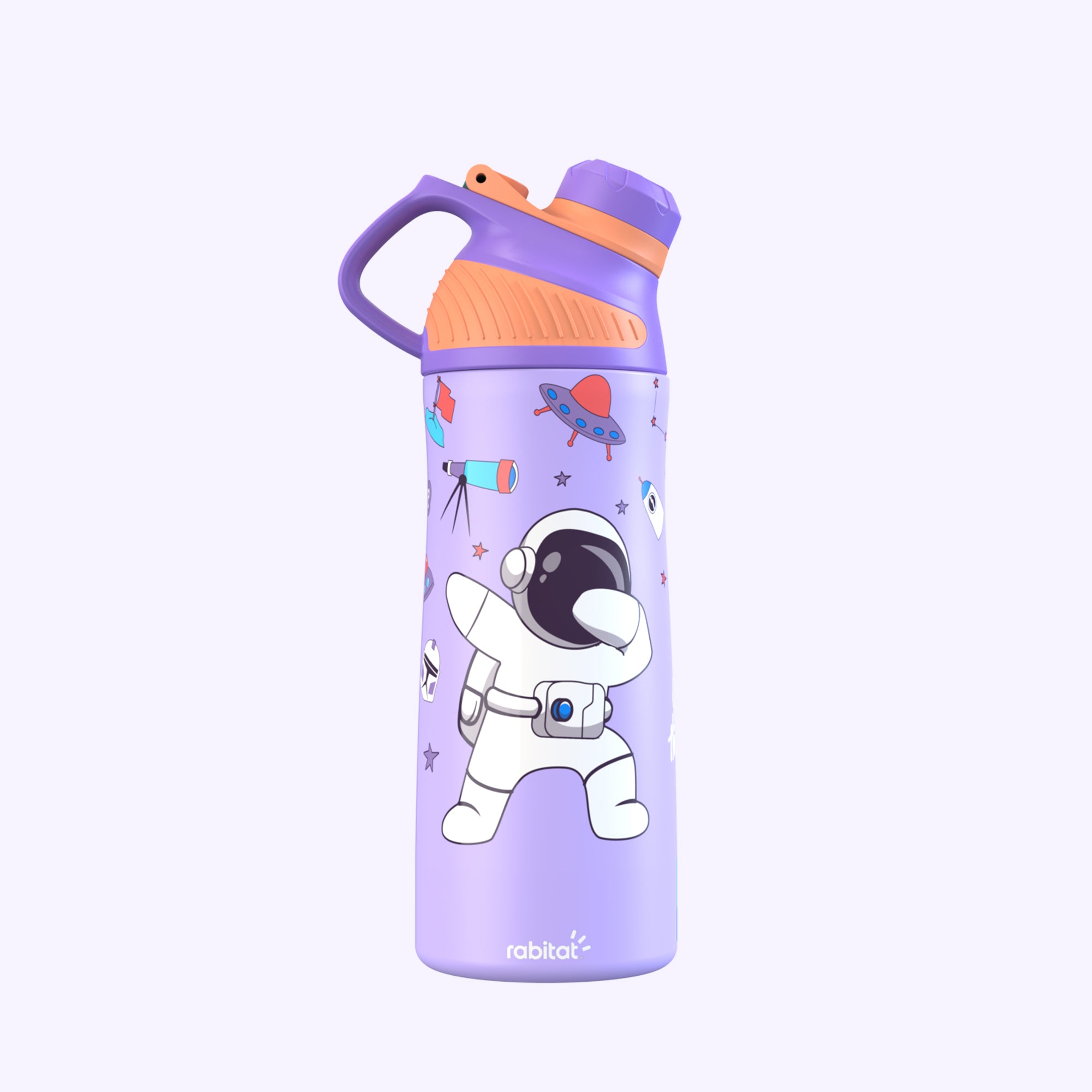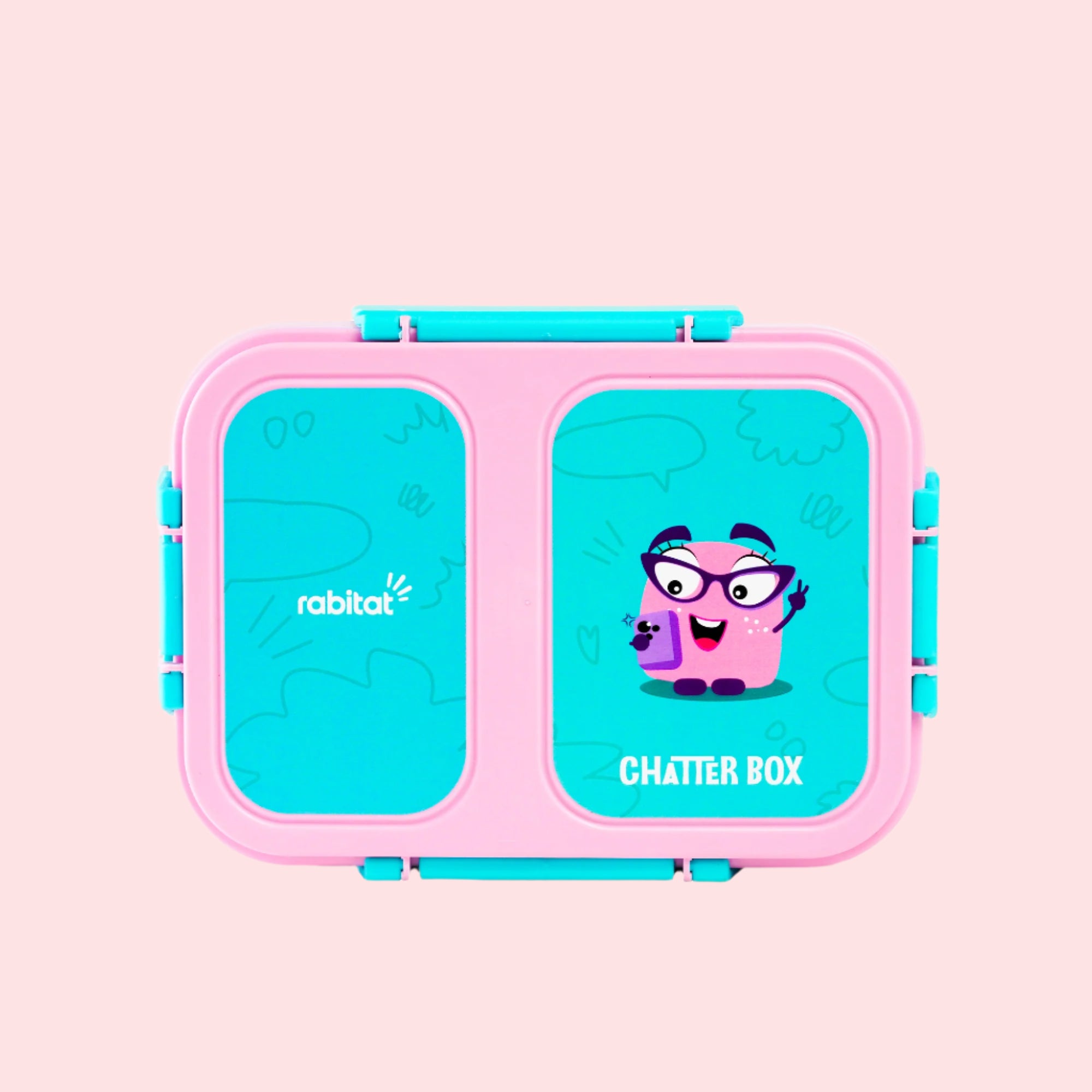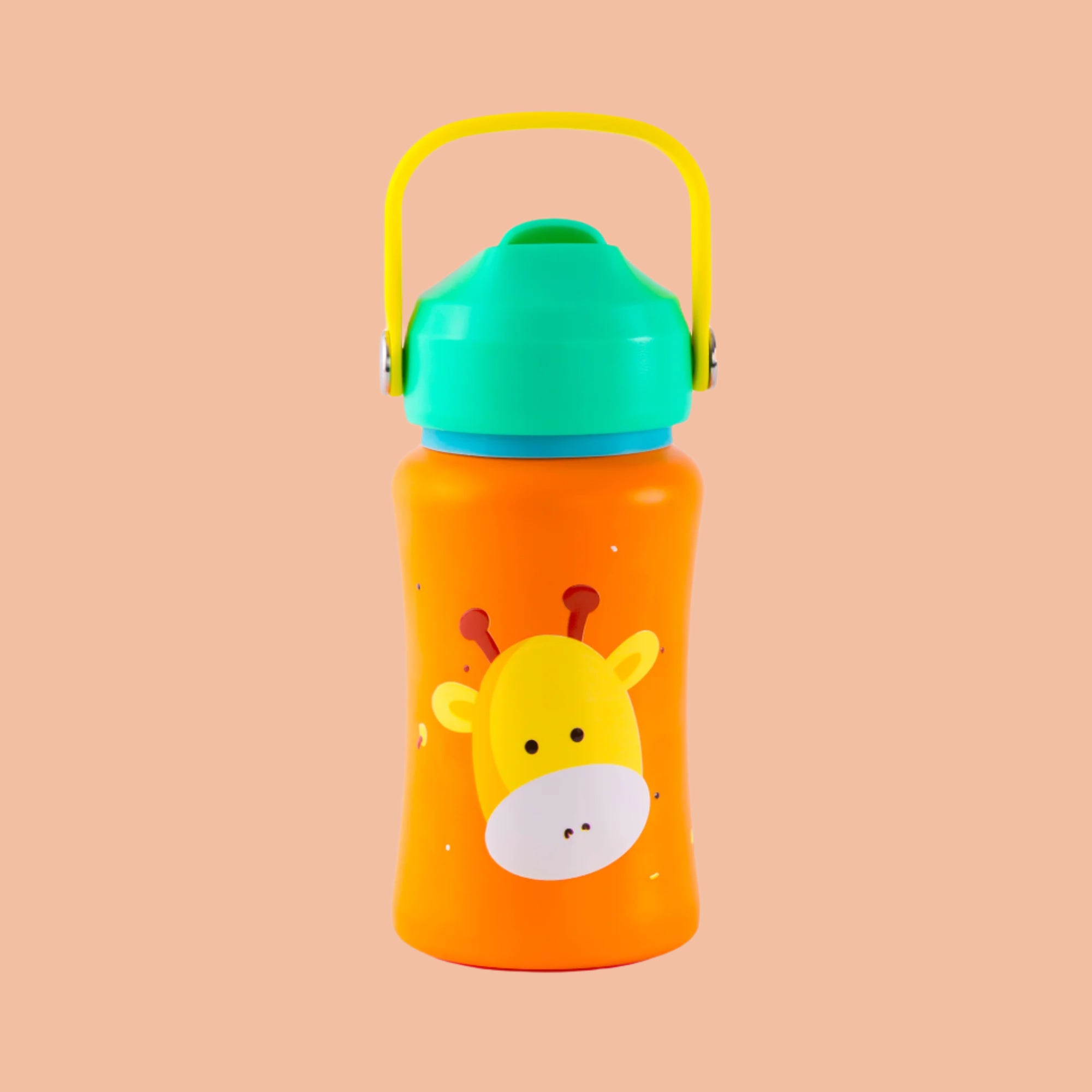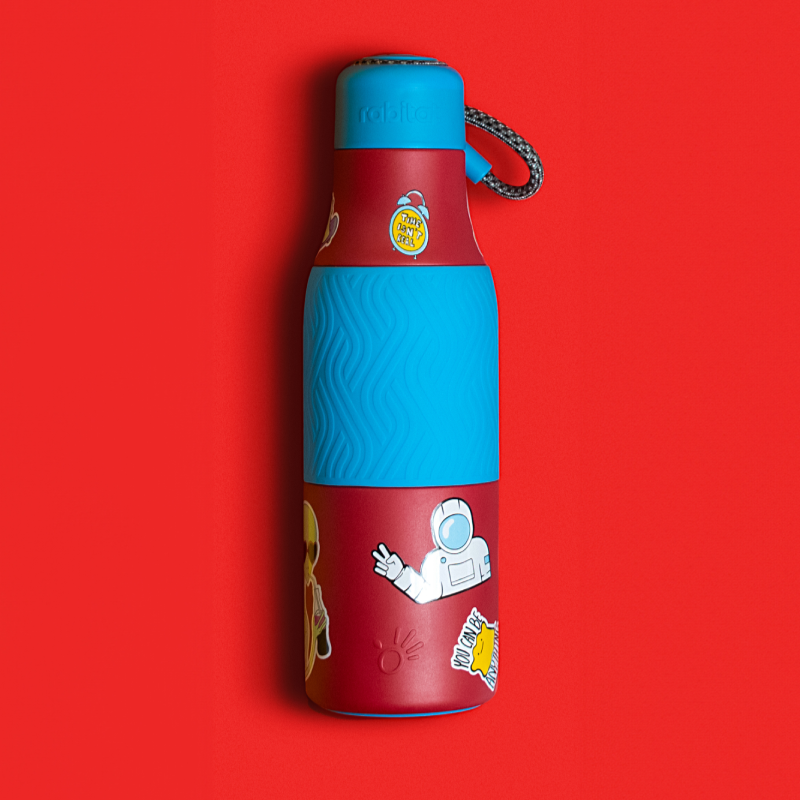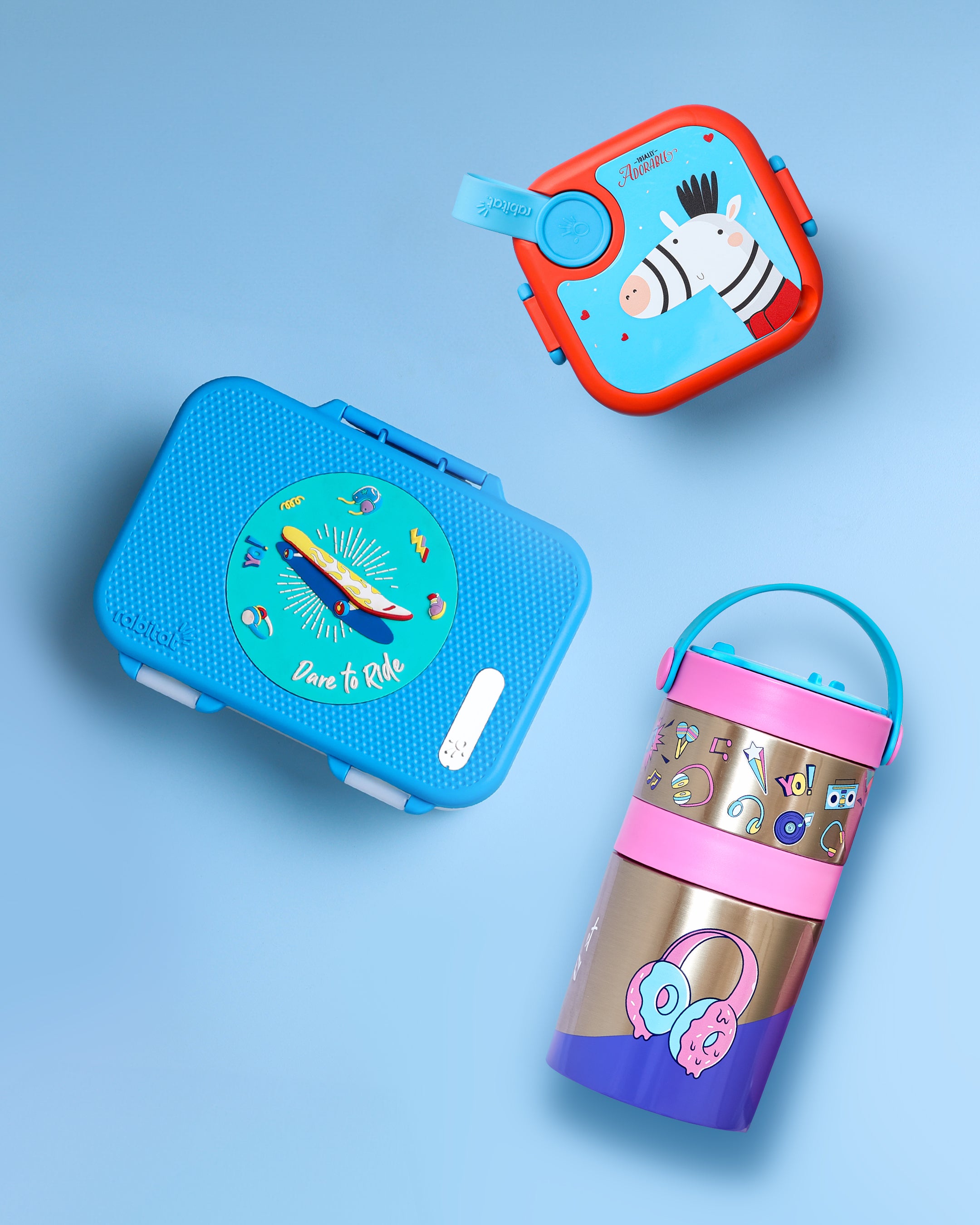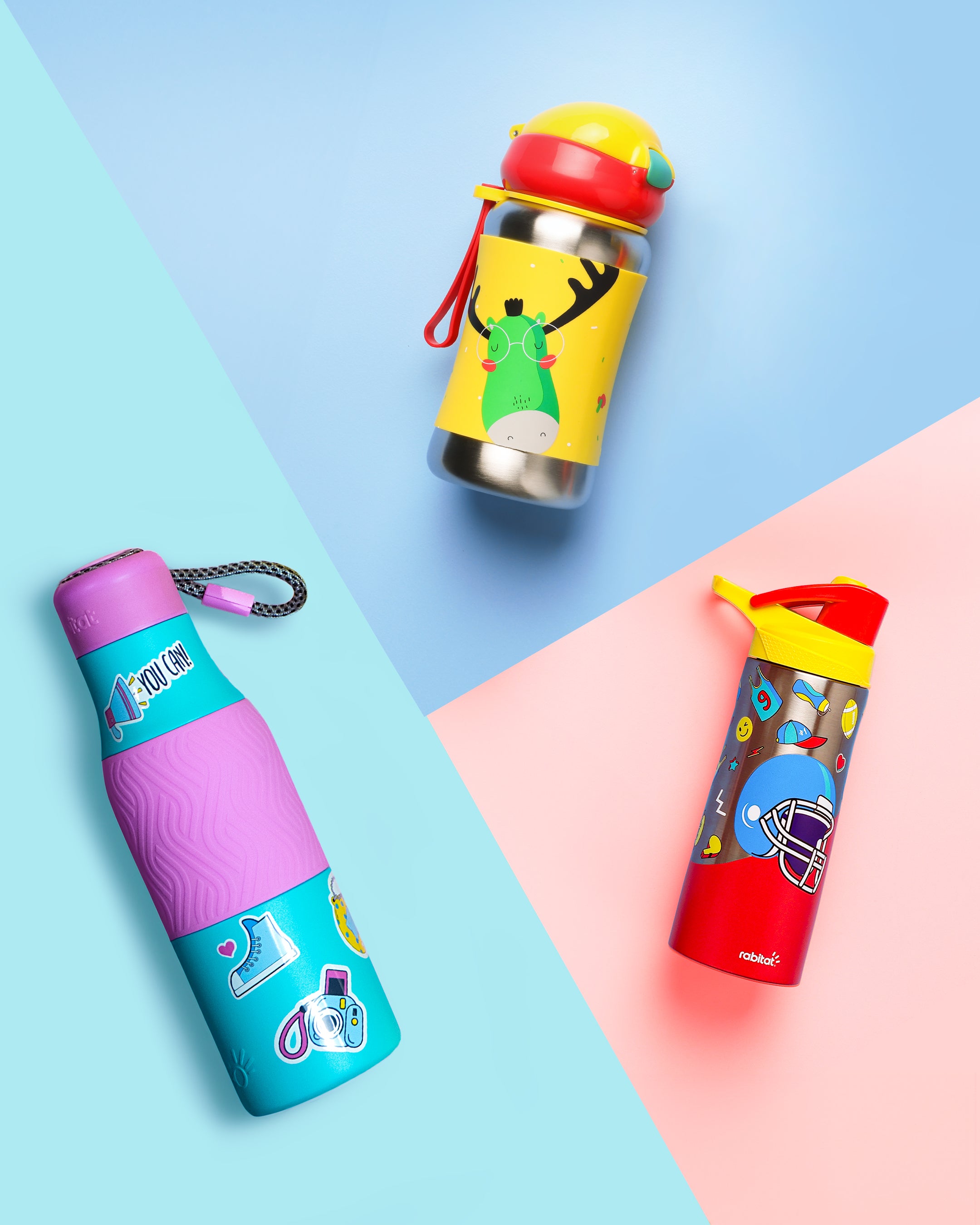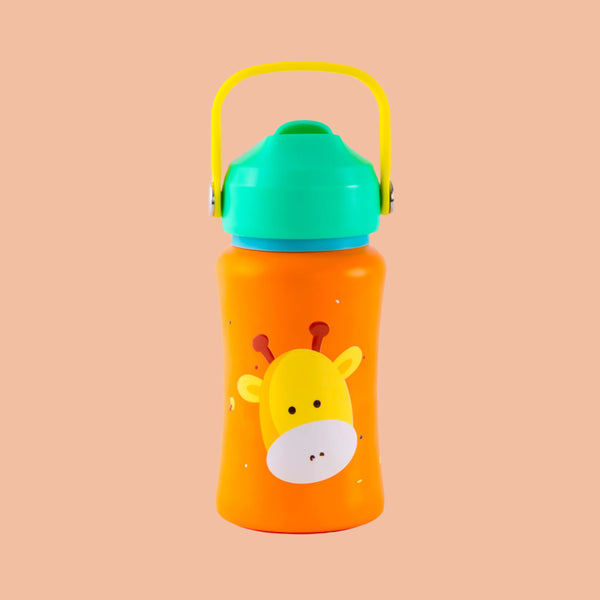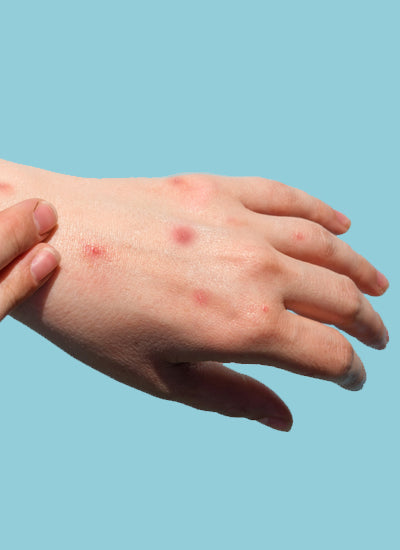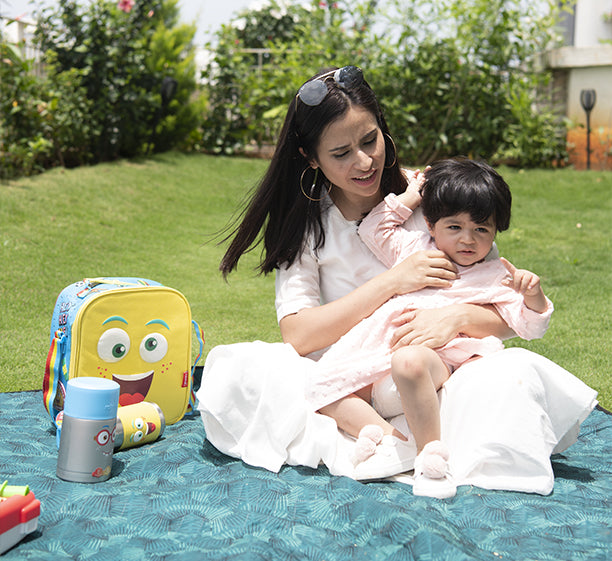Even the mention of "hand, foot and mouth disease" can send any parent into a tizzy. Unfortunately, this common childhood illness is horribly contagious and can make its way through playrooms, daycare centers, and preschool classrooms at an astounding rate. Despite its relatively mild symptoms, hand, foot, and mouth disease can be quite miserable for babies and toddlers (and their caregivers). This guide will tell you everything you need to know, including how to prevent it in your child (and yourself too).
What is Hand, Foot, and Mouth Disease?


This disease is more likely to be seen among young children who often contract it. It is a mild, contagious viral infection characterized by sores in the mouth and rashes on the hands and feet. According to Mayo Clinic, it is caused most commonly by coxsackieviruses, according to the official website.
However, it can make your toddler scream in anguish after every bite of food and sip of water for days. They can have open sores and rashes all over their body. It can be heart-wrenching to see your child like this. So, you must be wondering how to prevent hand, foot, and mouth disease in children. Here's how!


You can prevent your child from hand-foot-and-mouth disease by taking the following precautions:
Wash hands thoroughly. Hands should be washed frequently and thoroughly, especially after using the toilet, changing a diaper, and preparing food and eating. In the absence of soap and water, use hand wipes or gels containing alcohol to kill germs.
Ensure that the common area is disinfected. Make it a habit to clean high-traffic areas and surfaces first with soap and water, then with a diluted chlorine bleach solution. All common areas in child care centers should be cleaned and disinfected regularly, including shared items like toys, since viruses can live on them for days. Also, make sure your baby's pacifiers are routinely cleaned.
Educate your children about good hygiene. Make sure your children practice good hygiene and keep themselves clean. For example, teach them not to put their fingers, hands, or any other objects in their mouths.
People who are contagious should be isolated. In order to prevent the spread of hand-foot-and-mouth disease, people with the illness should limit their exposure to others while they are experiencing active symptoms. When a child has hand-foot-and-mouth disease, he or she should not attend child care or school until the fever has subsided and the mouth sores have healed. Do not go to work if you are sick.
You should disinfect the bathrooms, toys, and other objects that your child touches with soap and water or another household disinfectant. It is possible for the virus to live for days on these things.
Signs and Symptoms
As with a common cold, HFMD can present with similar early symptoms.
- Fever
- Headache
- Sore throat
- Runny nose
A day or two after the fever, you might see:
- You may spot small sores (ulcers) on the tonsils and throat
- It is characterized by blisters or red spots on the palms, soles, and diaper areas of the hands and feet. There is usually no itching with these.
- Touching the palms of the hands or soles of the feet can cause tenderness or pain
- Painful swallowing causes poor appetite
- The skin may peel after the rash heals, but this is harmless
Don’t Assume it’s ONLY HFMD
Dr. Dina Kulik has noticed a trend of Covid-19 appearing like a hand, foot, and mouth disease in many kids and adults over the past few weeks.
She tweeted about her concern that people won't be tested for Covid-19 if they believe it's "just" hand, foot, and mouth disease and could potentially "expose others" to it.
I was seeing the trend and polled other front line friends. MANY of us have seen this Trend. Many had Covid and had rash themselves. If we assume it’s ‘just HFMD’ we won’t test and may expose others while we are still contagious.
— Dr. Dina Kulik (@DrDinaKulik) April 5, 2022
Treatment of Hand, foot, and mouth disease
There isn't a home remedy for HFMD; the best course of action is to visit a doctor, especially when its symptoms are quite similar to Covid-19.


